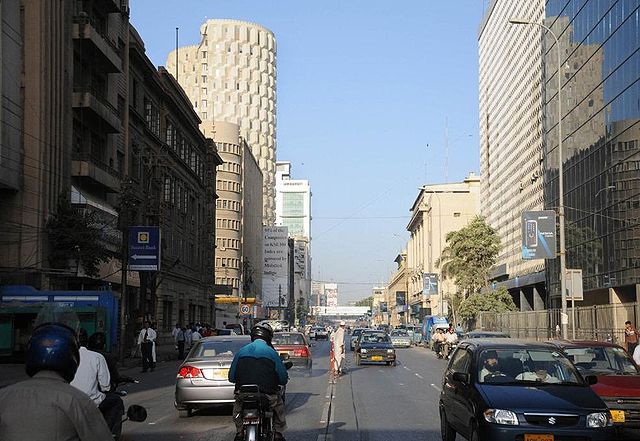US interest rates, which have been hovering near zero for about 6 years, are expected to rise as the US economy continues its slow but steady recovery. The World Bank is closely watching what the US Federal Reserve will do, and when, and is expecting when that day finally does arrive, developing economies might be in for some hard times.
The hike in interest rates could come as early as this Thursday, when the Fed winds up a policy meeting. In a report issued by the World Bank they warn that such a rise could have a modest impact on developing countries, but also adds that there is a chance that the fall-out could be worse.
The World Bank has several reasons for their concern. They believe that a rise in interest rates could interfere with capital flows into developing countries, which can lead to stifling of economic growth, which could then lead to financial instability.
Despite their warning, they also site several reasons to be optimistic. First of all, any increase in interest rates will happen gradually, allowing developing economies to cope more easily with any changes. They also point out that any changes in rates will happen within the context of a strong, growing US economy, which usually bodes well for the global economy in general.

